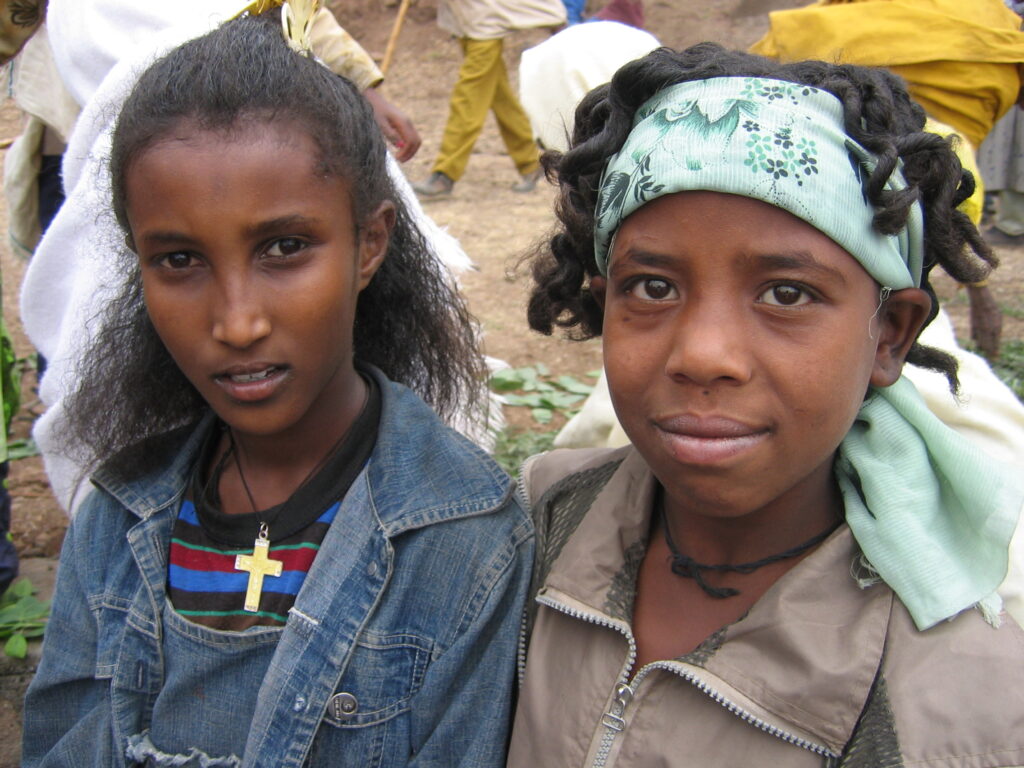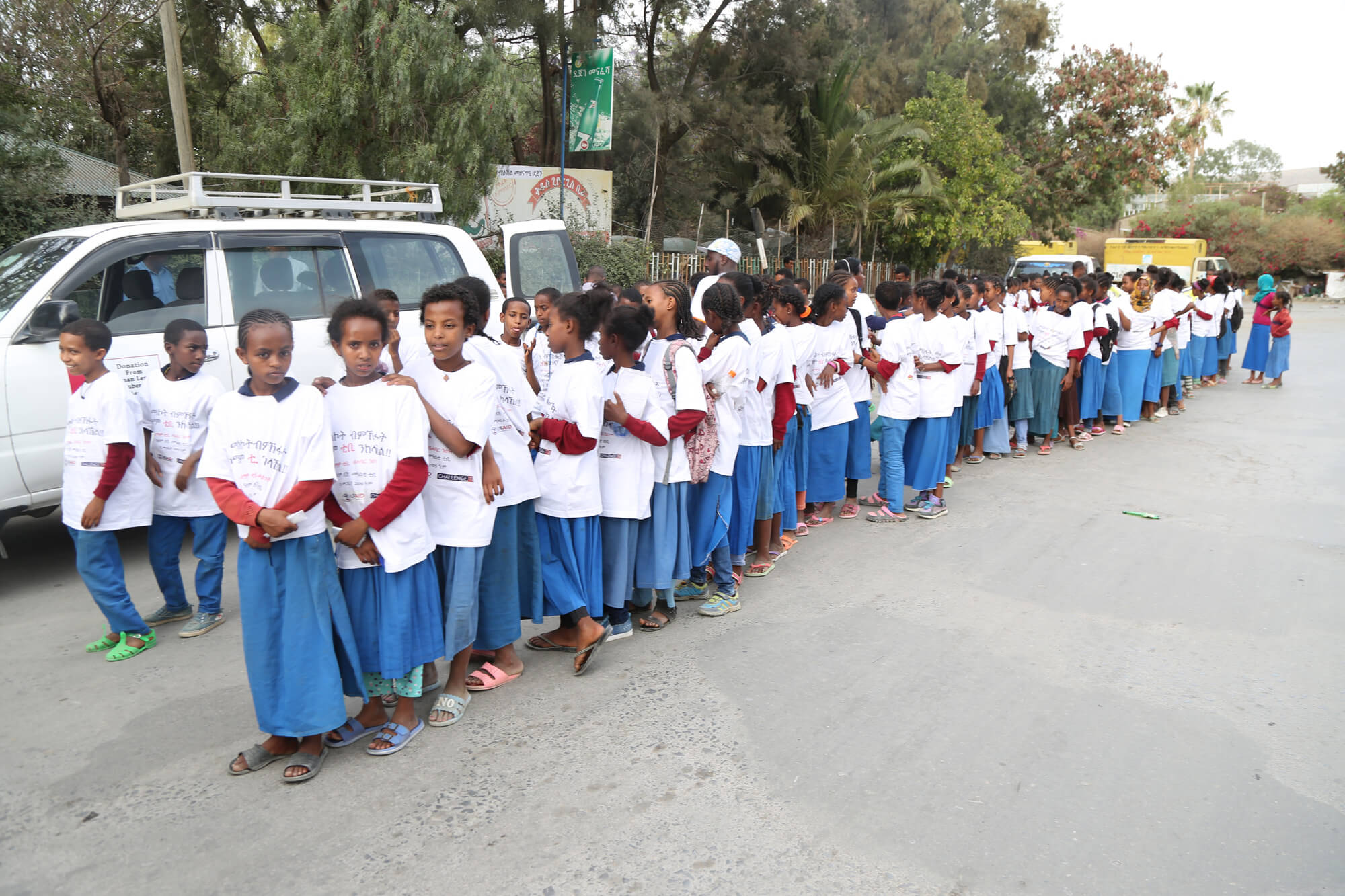A Closer Look at Tuberculosis among Children and Adolescent Girls in Ethiopia: Insights from Recent Research
A Closer Look at Tuberculosis among Children and Adolescent Girls in Ethiopia: Insights from Recent Research

A recent study by experts from MSH, USAID, and KNCV Tuberculosis Foundation delved into the high burden of TB among adolescents in Ethiopia, with a particular focus on young females. Conducted across all regions of the country (excluding Tigray), the research uncovers crucial patterns in the TB epidemic, emphasizing the urgent need for more targeted interventions.
As they transition from child to adult health services, adolescents face unique challenges when accessing TB care, which often results in gaps in diagnosis and treatment continuity. Adolescents have a high rate of TB and are twice as likely as adults to not complete their treatment regimen, especially those living with HIV, who are at higher risk of contracting TB.
The study, published in MDPI Tropical Medicine and Infectious Disease, analyzed data from Ethiopia’s District Health Information System between 2022 and 2024 and found that while TB is more prevalent among adult males, older children and young adolescents in Ethiopia—especially females—experience higher rates of bacteriologically confirmed TB (BCPTB). This finding suggests that many adolescents are not only contracting TB but also capable of transmitting the disease, making it crucial to focus on this age group to curb community spread.

The increased burden of TB among females in this age group may be linked to immunological factors, late diagnosis, and limited access to TB services, the study suggests. Additionally, the intersection with factors such as HIV, pregnancy, and reproductive health issues increases vulnerability to TB.
One of the key insights from the study is the geographical and gender-based variations in TB prevalence. In Ethiopia’s agrarian regions, TB cases are predominantly reported among males, while in pastoralist areas, where mobility and cultural norms complicate health care access, TB cases among females are underreported, suggesting barriers to diagnosis and treatment.
The higher number of TB cases among school-age girls highlights the need for accessible, high-quality TB services that can provide timely diagnosis and ensure treatment adherence. To improve access for female adolescents, TB care and services should be integrated into reproductive health and youth-friendly clinics, the study suggests. Additionally, health workers should consider screening and education at schools and community settings such as religious centers.
By focusing on high-risk groups and integrating TB services with reproductive health programs, Ethiopia can significantly improve early detection and treatment outcomes, reduce TB transmission, and ensure that vulnerable populations receive timely and appropriate care.
Read the study on MDPI’s website.